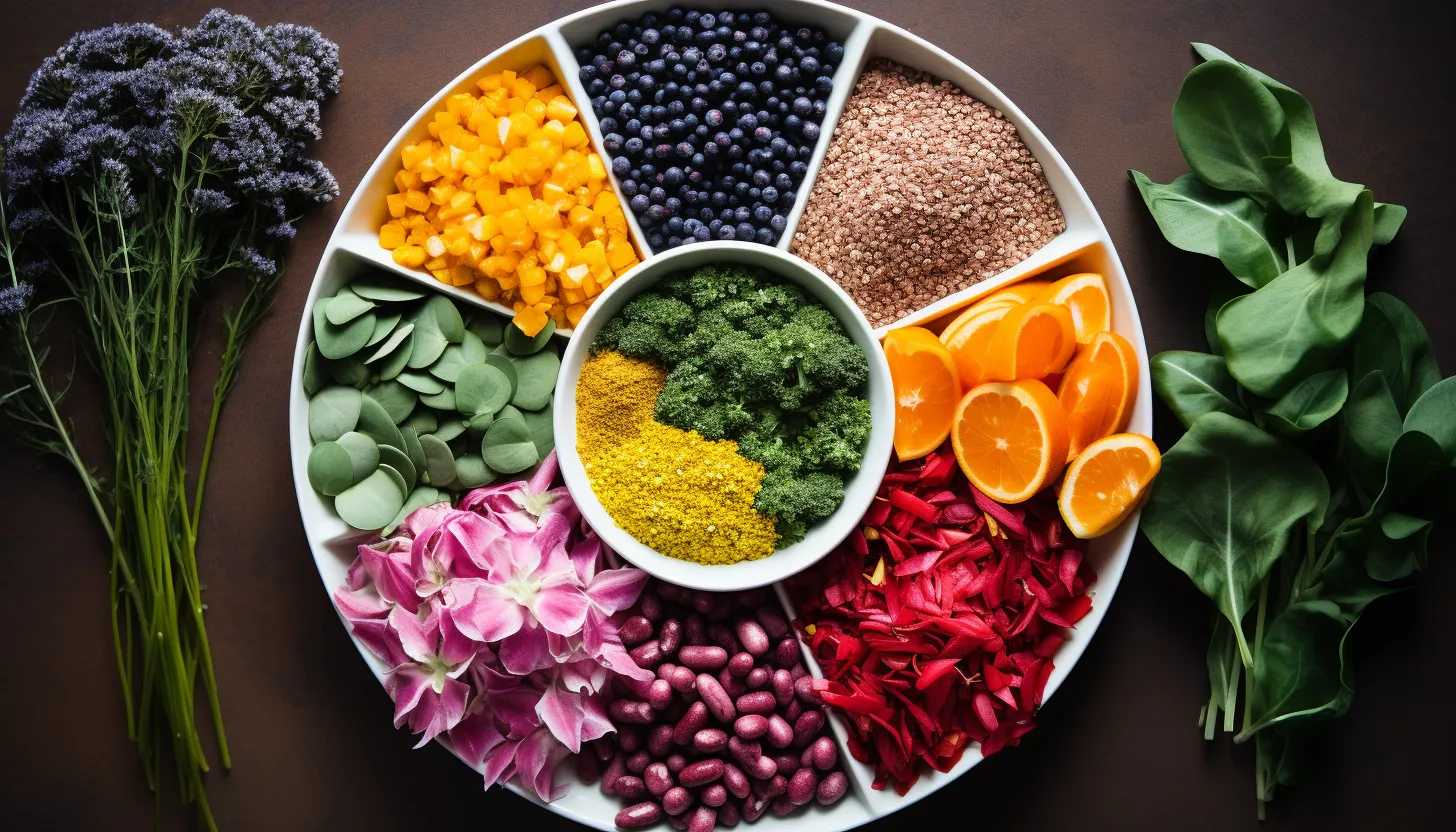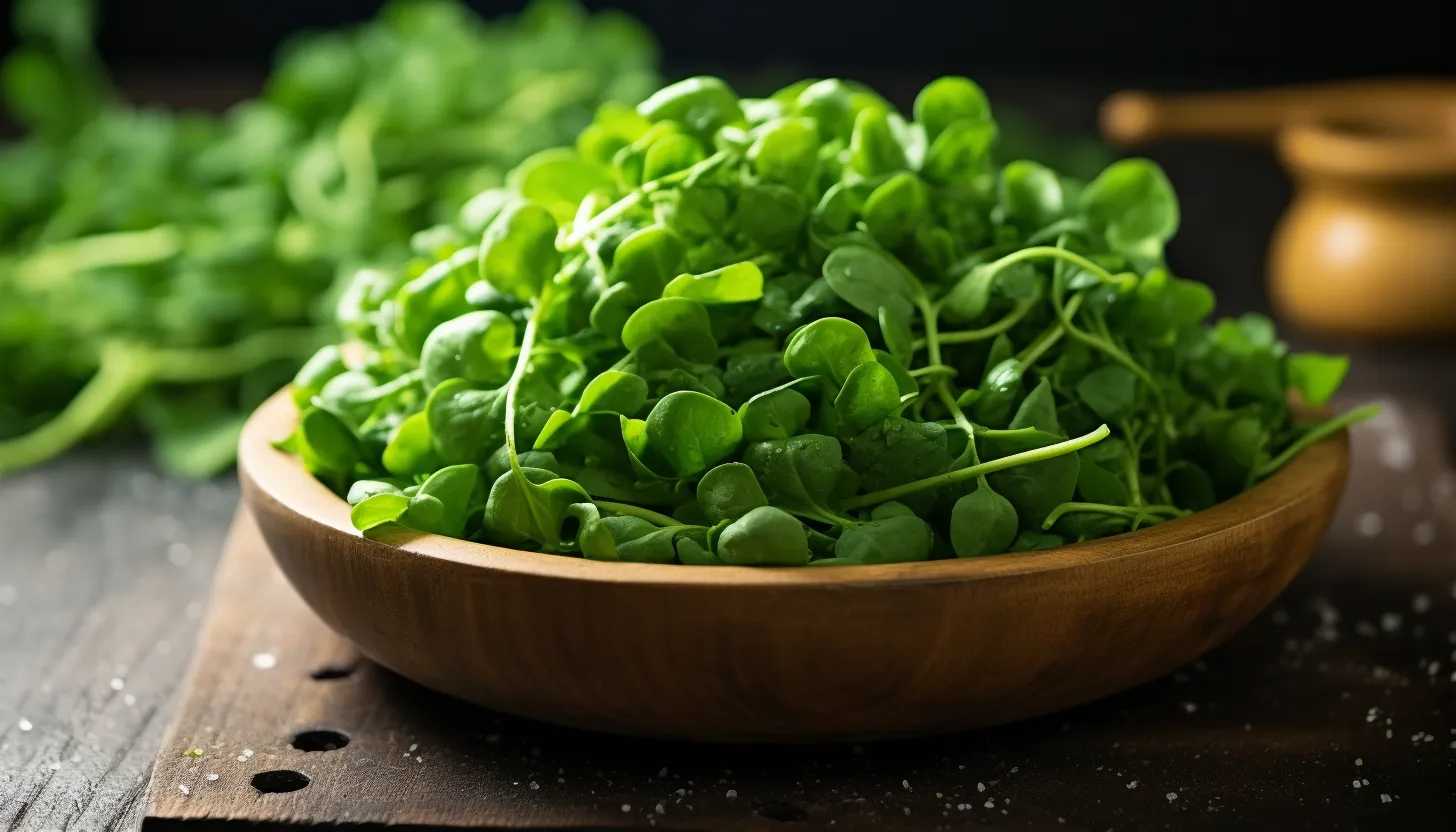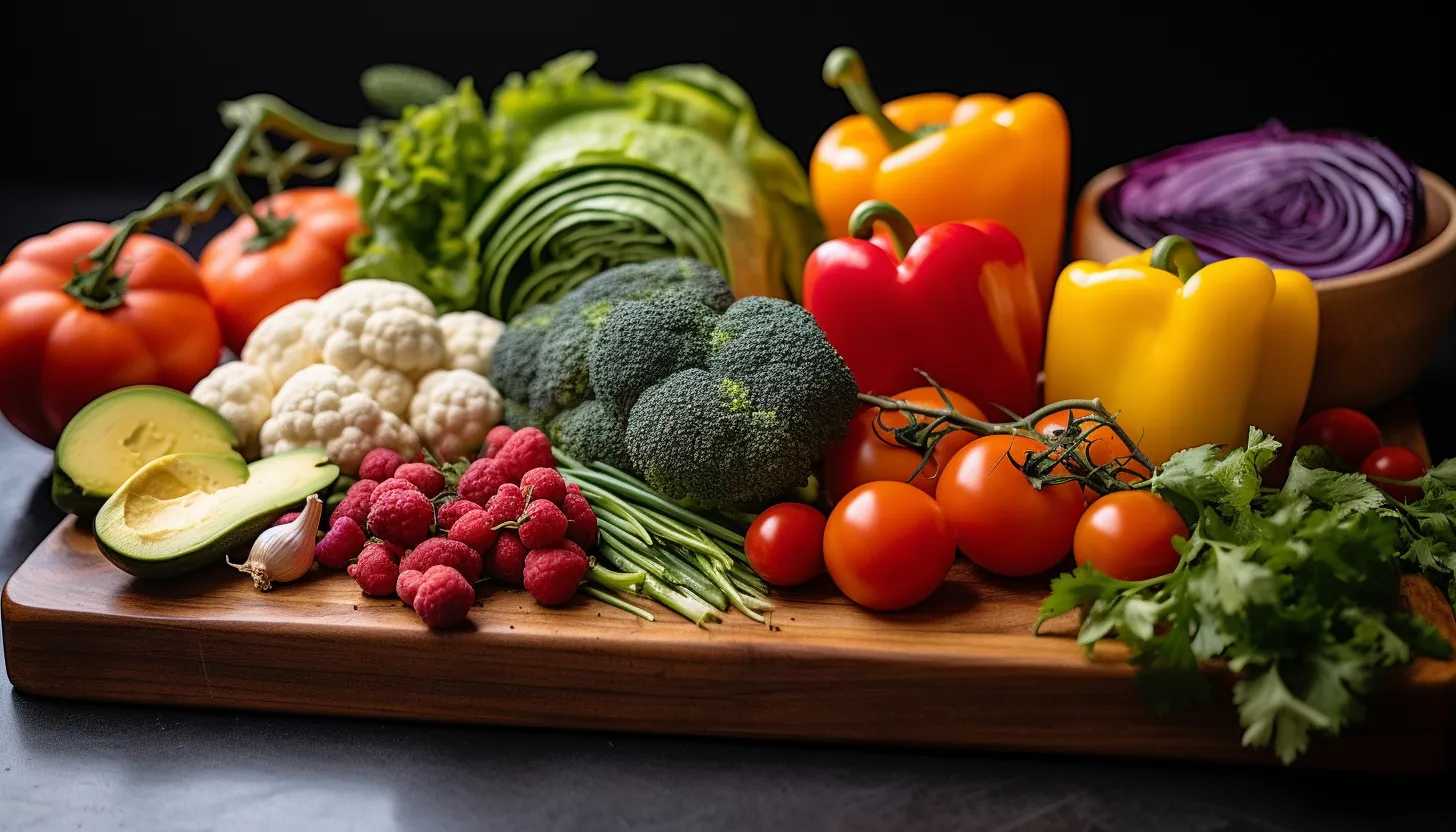Healthy Living
published : 2023-09-06
Incorporate These Nutrient-Dense Superfoods into Your Diet for Better Health
The CDC Recommends 41 'Powerhouse Foods' for Their High Nutritional Value

For those seeking to improve their health through nutrition, the concept of superfoods may hold the key. The Centers for Disease Control and Prevention (CDC) has compiled a comprehensive list of 41 'powerhouse foods and vegetables' (PFV) that are strongly associated with reduced risk of chronic diseases.
To qualify as a PFV, a food must provide an average of 10% or more daily value per 100 kilocalories of 17 essential nutrients, including potassium, fiber, protein, calcium, iron, and various vitamins.
The CDC's PFV list ranks these foods based on their nutrient density score, with watercress topping the list as the ultimate powerhouse food.

While this study has its limitations, it serves as a valuable starting point for individuals looking to make healthier choices in their diets. However, it's important to note that there are still other nutritious options that didn't make the list.
Registered dietitian nutritionist, Tanya Freirich, applauds the CDC's initiative in raising awareness about the importance of fresh fruits and vegetables. She emphasizes that all vegetables and fruits contain essential nutrients, vitamins, and antioxidants, and it's vital to consume a variety of them for optimal health.
Freirich also suggests including some healthy foods that didn't make the CDC's list, such as garlic and onion from the allium family, which provide unique benefits. It's crucial to tailor one's dietary choices to their individual needs and preferences.

Ultimately, if the recommended superfoods are accessible and align with your food budget, they can indeed be beneficial for health. However, if they are not feasible, incorporating a mix of fresh and frozen produce into your diet is a great alternative. Remember, aiming to fill half your plate with vegetables whenever possible is a wise approach.
While this quest for healthier eating continues, researchers will further explore specific nutritious diets and their impact on well-being. The journey towards optimal nutrition is an ongoing endeavor, and understanding the power of superfoods is just one piece of the puzzle.
